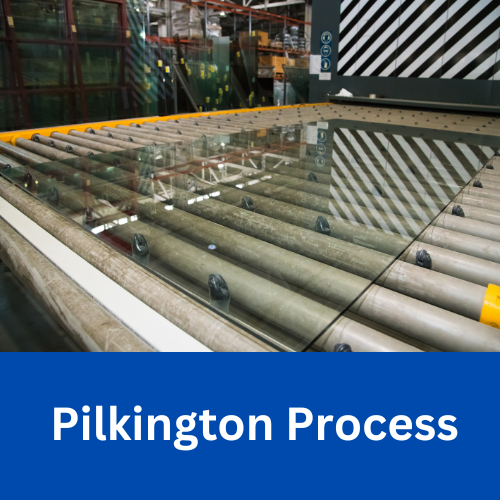As discussions around the housing crisis intensify, governments at every level aresearching for creative and…

History of Float Glass: Pilkington Process
Glass has been part of human’s lives for centuries and is one of the oldest and most versatile human-created materials. Every day we are surrounded by glass in our homes, our cars, and in the technology we all can’t live without. How much do most of us know about how glass is created?
At the most basic form, glass is made by heating sand until it melts into a liquid. Sand melts at an incredibly high temperature of 1700˚C (3200˚F), so you won’t be making glass in your oven any time soon. When the molten sand cools, it turns into not quite a solid and not quite a liquid.
Glass manufacturers use a more complicated version of this same sand heating process. In a commercial glass plant, sand is mixed with recovered/broken glass, soda sulfate, and lime dolomite. Then, it is heated in a furnace. The soda reduces the sands’ melting point, which helps to save energy during manufacturing.
Pilkington Process
Glass manufacturing used to be a time consuming, labor intensive process. That changed when Sir Alastair Pilkington developed the Pilkington Process in the 1950s. Today, most of the float glass produced uses his method.
The Pilkington Process involves pouring molten glass into a molten tin bath where it is allowed to flow freely. Gravity helps make the surface flat due to surface tension. As the glass continues down the float glass manufacturing line, rollers are used to make the glass thicker or thinner based on the customer’s requirements. The roller’s flow speed controls the size. Top rollers positioned above the molten tin may be also used to control both the thickness and the width of the glass ribbon.
Once off the tin bath, the glass sheet passes through a kiln for approximately the length of three football fields, where it is cooled gradually so that it anneals without strain and does not crack from the temperature change. On exiting the “cold end” of the kiln, the glass is cut by machines into whatever sizes are needed.
Modern float glass lines produce several hundred tons of glass each day. That equates to a total of 1 million tons of glass each year. They typically run 24 hrs a day and 7 days a week in order to keep up with the demand for flat glass. The float glass process creates glass that can be clear, tinted and coated. Flat glass is used in a variety of industries, including automotive glass, architectural glass and specialty glass used in technology like smart phones and flat screen TVs.
Expert Advice
Wakefield Equipment offers a variety of glass handling equipment designed to improve efficiency, reduce breakage and eliminate rejected units. We partner with the leading glass equipment manufacturers and glass tooling suppliers for glass handling equipment, glass storage solutions and glass shipping solutions.
Contact our sales team to learn more about any of our glass handling equipment. We’re sure to have a solution for you.



